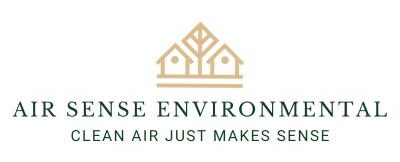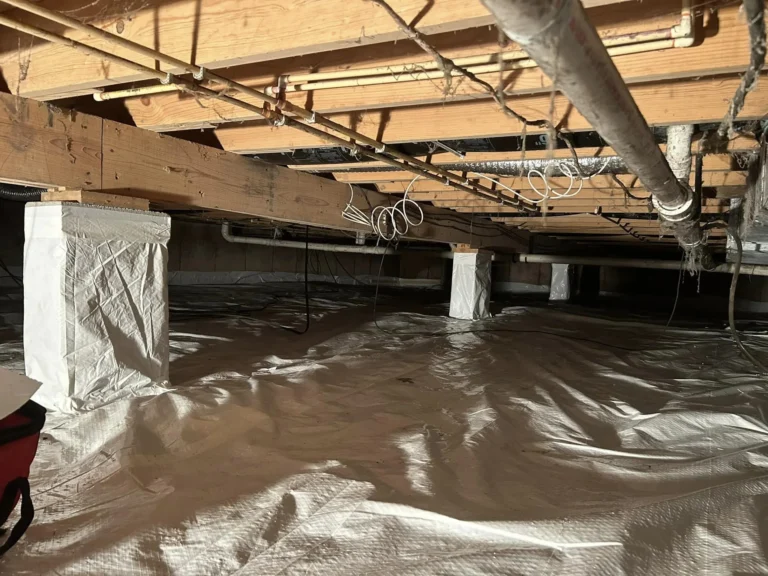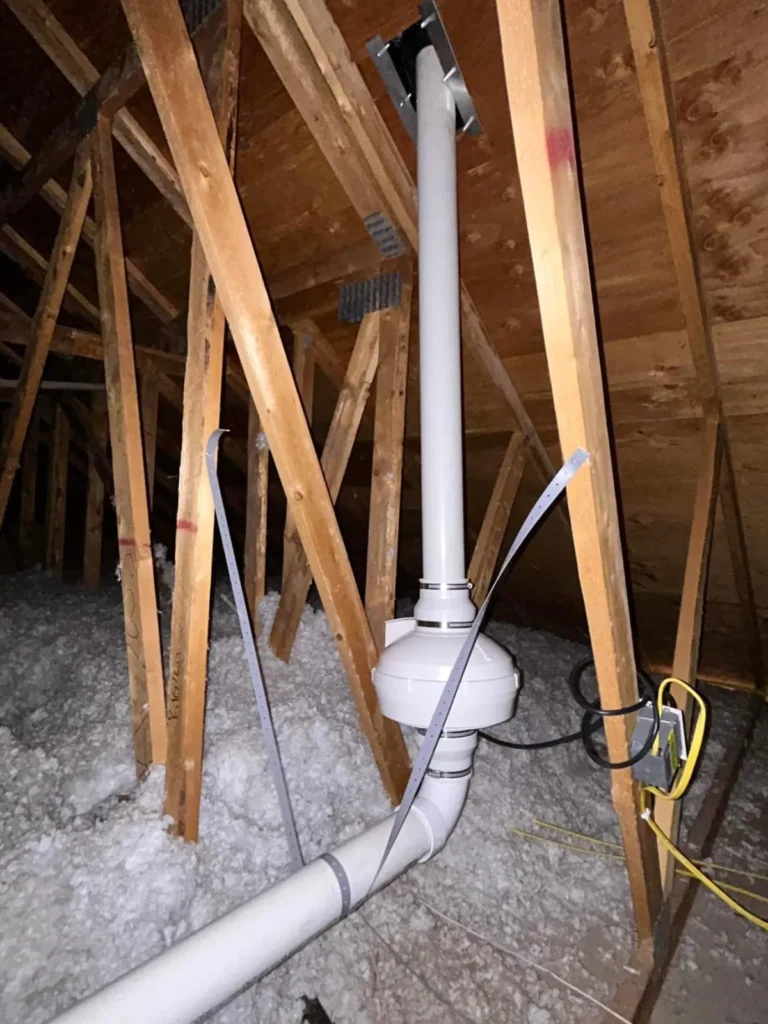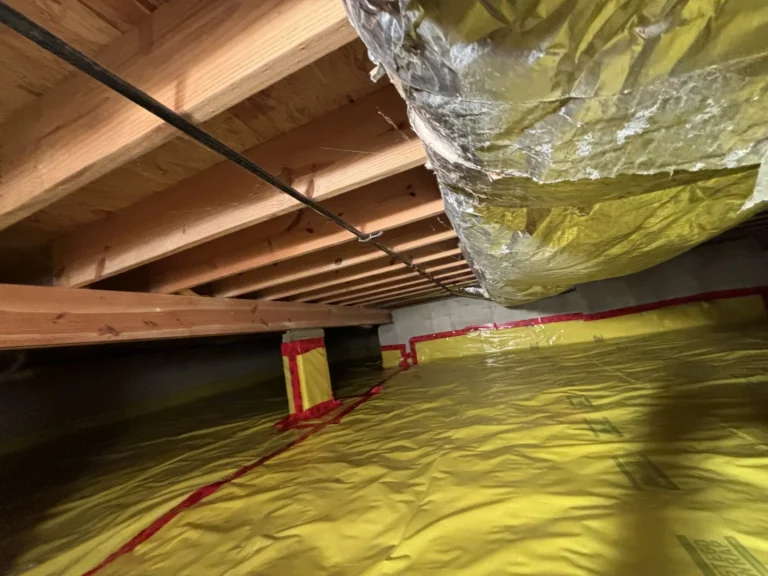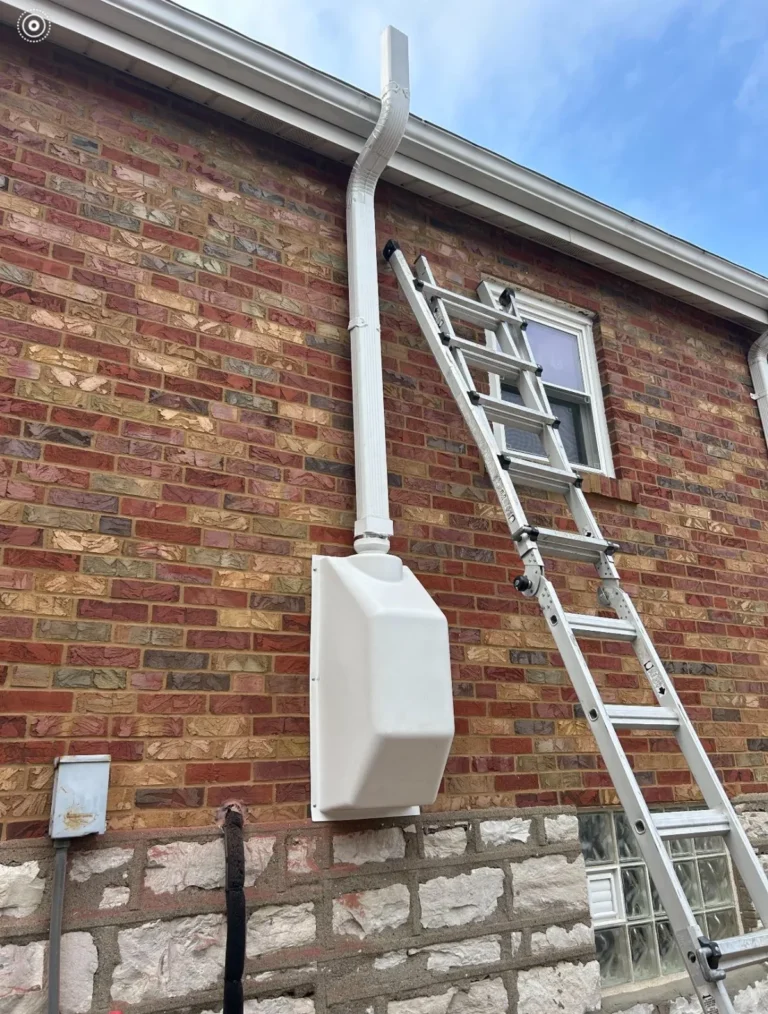Maintaining a comfortable and energy-efficient home requires more than just installing a top-of-the-line HVAC system. One often overlooked yet crucial element is the crawl space. Imagine a homeowner who has invested in a high-performance HVAC system, expecting year-round comfort and manageable energy costs. However, within months, they notice higher-than-expected energy bills and the return of humidity-related issues during warmer months. Musty odors begin to permeate certain rooms, especially on rainy days, undermining the home’s comfort and indoor air quality.
Curious and frustrated, the homeowner tries to figure out what’s causing these issues. They live in a neighborhood where homes are well-kept, and neighbors don’t seem to struggle with similar problems. After some research, they decided to take a closer look at their crawl space, an area they hadn’t considered as part of the comfort equation for their home. What they find is eye-opening: a damp, unsealed crawl space with signs of moisture buildup and even a few traces of mildew. They quickly learn that their crawl space is drawing in outside air, moisture, and even allergens that enter the rest of the house through the HVAC system. This forces the HVAC to work overtime, driving up energy costs and reducing the overall air quality and comfort level in their home.
Many homeowners remain unaware of the impact their crawl space has on the performance of their HVAC system. Crawl space encapsulation addresses this issue by controlling moisture, humidity, and contaminants, which significantly enhances HVAC efficiency, lowers energy costs, and improves indoor air quality, making it a crucial part of home comfort. In this article, we will explore how crawl space encapsulation by Air Sense Environmental in Edwardsville, Illinois, works hand in hand with your HVAC system to enhance home comfort and energy efficiency.
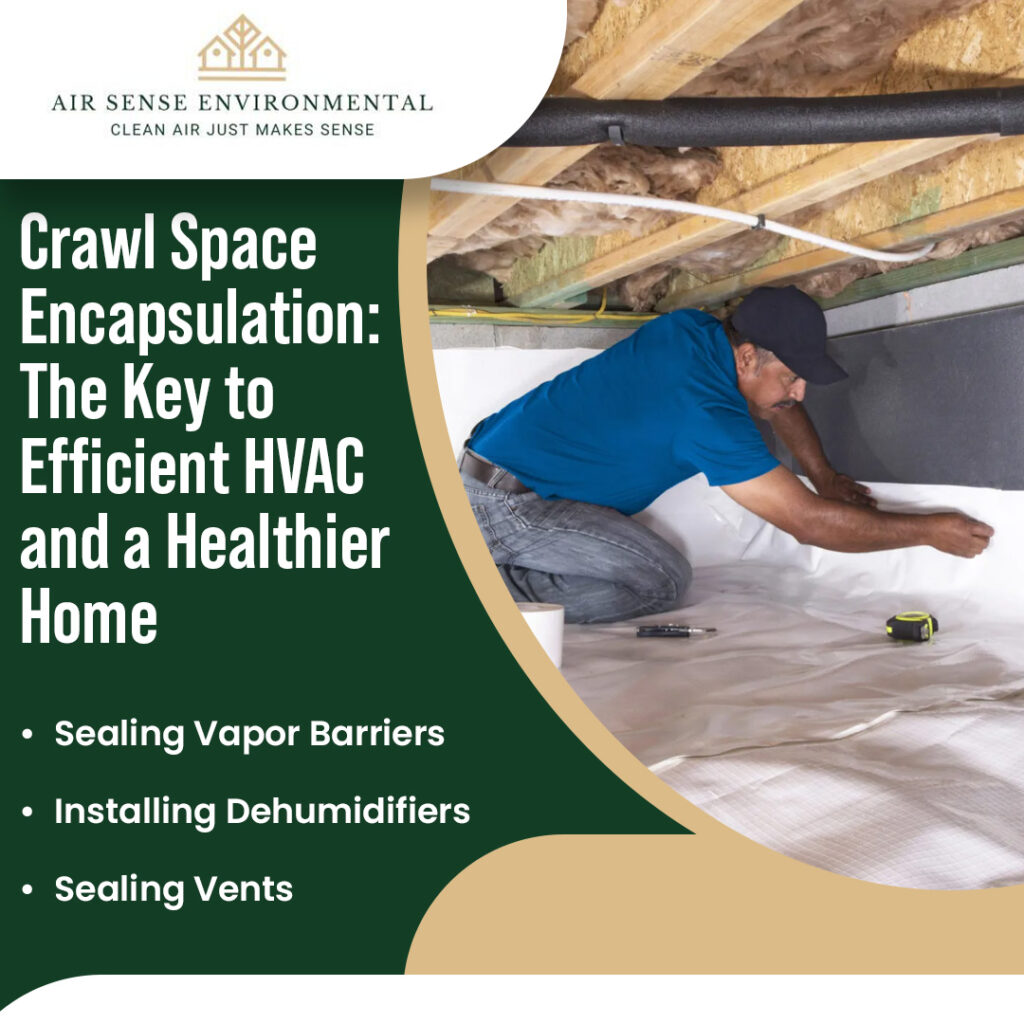
Crawl Space Encapsulation: How It Creates a Healthier, More Energy-Efficient Home
Crawl space encapsulation involves creating a controlled environment beneath your home by sealing off the crawl space from outside elements. This process prevents moisture, mold, pests, and fluctuating temperatures from entering and affecting your home’s foundation and air quality, which can otherwise lead to long-term structural damage and unhealthy indoor air.
Let’s explore each key step and its benefits in detail:
1. Sealing Vapor Barriers Over Dirt Floors
- What It Is: Vapor barriers are durable plastic sheets, typically made of polyethylene, installed over the dirt or concrete floor of the crawl space. They form a protective barrier that prevents ground moisture from rising into the crawl space.
- Installation: The vapor barrier is carefully laid across the entire floor and often extends up the walls, overlapping and sealing at each seam to ensure a completely enclosed barrier, which prevents moisture from entering. This “sealed envelope” stops ground moisture from entering the crawl space.
- Impact: Ground moisture is one of the primary sources of humidity in a crawl space. By blocking this source, vapor barriers help keep your crawl space dry, which in turn prevents mold, wood rot, and structural decay. A properly installed vapor barrier also reduces the risk of pest infestations by making the area less hospitable to insects and rodents.
2. Installing Dehumidifiers to Control Moisture
- What It Does: A crawl space dehumidifier is a specially designed appliance that controls humidity levels in enclosed spaces, ensuring they stay at an optimal range (typically around 50% humidity).
- How It Works: After sealing the space, an industrial-grade dehumidifier is installed to continuously monitor and control the humidity levels. It continuously monitors and removes any moisture that may still be present, keeping the air dry and preventing humidity from building up over time.
- Why It Matters: Even with vapor barriers, residual moisture can accumulate due to external conditions or small leaks. The dehumidifier is crucial for long-term humidity control, as it prevents mold growth and improves indoor air quality by reducing mold spores and allergens that could circulate into the main living areas. Additionally, with less moisture, the air feels cooler and more comfortable, which can lighten the load on your HVAC system.
3. Sealing Vents to Prevent Outside Air and Humidity
- Purpose: Many crawl spaces have vents or openings meant for air circulation. However, these vents often introduce more humidity, dirt, and unconditioned air, undermining the benefits of an encapsulated space.
- Process: As part of encapsulation, all vents and cracks are carefully sealed with insulating materials like foam or caulk, preventing air exchange with the outside environment.
- Benefits: Encapsulation stabilizes the temperature and air quality within the crawl space by eliminating drafts. It also keeps pests out and helps maintain the encapsulated environment, ultimately supporting a more stable, efficient indoor climate above.
How Encapsulation Enhances Overall Home Comfort
By combining these techniques, crawl space encapsulation creates a dry, stable environment that shields your home from moisture, temperature swings, and pests, which can otherwise degrade the foundation and comfort of your living space. This controlled space provides several far-reaching benefits as follows:
- Improved Indoor Air Quality: Approximately 40-50% of the air you breathe on the main floor of your home originates from the crawl space. Encapsulation prevents musty, contaminated air from circulating into your living spaces, promoting cleaner, healthier air for your family.
- Temperature Stability: An encapsulated crawl space acts as a buffer zone between the ground and your home, minimizing temperature fluctuations. This helps your HVAC system maintain a consistent indoor temperature, enhancing comfort and reducing wear on the system.
- Enhanced Energy Efficiency: When moisture levels and temperatures are balanced beneath your home, your HVAC system doesn’t have to work as hard to cool or heat the space. This can lead to lower energy bills and extend the lifespan of your HVAC unit, as it’s not constantly compensating for humidity and heat from below.
- Structural Protection: Keeping moisture out of the crawl space protects wooden supports, insulation, and your home’s foundation from rot and decay. This not only maintains the structural integrity of your home but also prevents costly repairs due to water or pest damage.
- Pest Prevention: Sealing off the crawl space deters pests from entering and nesting in your home’s foundation. The dry, controlled environment is far less attractive to insects, rodents, and other animals that are often drawn to moisture and warmth.
The Role of HVAC Systems in Home Comfort:
Your HVAC system—which stands for heating, ventilation, and air conditioning—is responsible for maintaining your home’s temperature, airflow, and indoor air quality. It works by:
- Heating or cooling the air: Regulating the temperature inside your home based on the season.
- Ventilating the air: Ensuring the circulation of fresh air throughout the house.
- Removing pollutants and allergens: Cleaning the air through filters to maintain a healthy environment.
HVAC systems are designed to work efficiently when the home’s temperature and humidity levels are controlled. However, issues like high humidity, moisture, and contaminants in your crawl space can make it harder for your HVAC system to perform its job effectively.
The Link Between Crawl Space Encapsulation and HVAC Performance:
1. Energy Efficiency:
Sealing your crawl space leads to a more consistent indoor temperature, as it prevents moisture and temperature fluctuations. This reduces the workload on your HVAC system, allowing it to maintain a stable climate more efficiently. This means that it can perform more efficiently, leading to:
- Lower energy bills: With less demand for the HVAC system, energy consumption decreases.
- Reduced wear and tear: Your HVAC system won’t need to work overtime, helping to extend its lifespan and reduce the frequency of repairs.
2. Improved Air Quality:
One of the major benefits of quality crawl space encapsulation is its effect on indoor air quality. A damp crawl space can contribute to a buildup of allergens, mold, and other contaminants that enter your living spaces through the HVAC system’s ventilation ducts. This can cause:
- Mold and mildew growth
- Respiratory issues like allergies or asthma
- Unpleasant odors in your home
Encapsulation keeps moisture out, thus preventing mold and allergens from infiltrating your HVAC system. As a result, the air circulating through your home remains fresh, clean, and healthier for you and your family.
3. Protecting HVAC Components:
Crawl spaces with excessive moisture can cause significant damage to HVAC components, particularly the ducts. When ducts become damp, they can:
- Attract mold and mildew: This not only affects the air quality but can also damage the ducts themselves.
- Encourage rusting and degradation: The damp conditions in a crawl space can corrode HVAC components, leading to costly repairs.
Encapsulating the crawl space and reducing moisture levels protects your HVAC system from these risks, ultimately saving money on repairs and replacements.
The Importance of Humidity Control in Both Systems:
Humidity control is crucial for effective home climate management and is a key benefit of both crawl space encapsulation and HVAC systems. Stabilizing humidity levels in your crawl space impacts everything from your HVAC’s performance to indoor air quality and the durability of your home’s structure. Let’s break down the advantages:
1. Enhancing HVAC Efficiency
- Balanced Humidity for Optimal Performance: HVAC systems work most efficiently when the air has a balanced level of humidity. Too much moisture in the air forces the HVAC system to work harder to cool your home, which can lead to inefficiencies, higher energy consumption, and strain on the system.
- Lower Energy Bills: When humidity levels are controlled in the crawl space, the overall workload on the HVAC unit is reduced, allowing it to function more efficiently. This improved efficiency can lead to lower energy costs, as the system doesn’t have to work overtime to maintain comfortable temperatures.
2. Improving Home Comfort
- Preventing Humidity Seepage: Without crawl space encapsulation, moisture from the ground can rise into the crawl space and eventually seep into your home, affecting the indoor climate. This added humidity creates a damp, sticky feeling in the air, especially in warmer months, which your HVAC system then has to fight against to keep your home cool and comfortable.
- Stable Indoor Environment: Encapsulation helps keep the crawl space and the home above it at a stable temperature and humidity level, creating a more pleasant, consistent living environment. This balanced humidity improves comfort year-round and helps your HVAC system maintain your desired temperature more effectively.
Dehumidifiers: Working in Tandem with Your HVAC System
- Effective Humidity Control: Dehumidifiers are specially designed to handle the unique needs of crawl spaces, where moisture levels can fluctuate due to ground and outside conditions. These units are installed in the encapsulated crawl space and continually monitor and remove excess moisture, keeping humidity levels optimal.
- Mold and Allergen Prevention: By keeping moisture under control, dehumidifiers prevent mold and mildew growth, reducing allergens and contaminants that can circulate through your home’s air. This added layer of protection ensures that indoor air remains fresh and healthy for you and your family.
- Seamless Integration with HVAC: Dehumidifiers work in harmony with your HVAC system to maintain consistent humidity levels, which helps reduce strain on your HVAC unit. This partnership not only enhances energy efficiency but also contributes to extending the lifespan of your HVAC system.
Why Humidity Control Matters
Maintaining proper humidity levels is essential not only for home comfort but also for the longevity of your home and its HVAC system. Here’s why humidity control matters:
1. Preserving Structural Integrity
- Protection Against Wood Rot: Excess moisture can seep into the walls and beams of your home, leading to wood rot and structural damage. Quality crawl space repairs prevent moisture from reaching these areas, helping to protect your foundation and extend the life of your home.
- Preventing Foundation Shifting: High humidity can cause the soil beneath the foundation to shift, leading to cracks and settling. Encapsulation stabilizes the soil and protects your foundation by controlling moisture.
2. Preventing Mold, Mildew, and Pests
- Mold Prevention: Moisture in the crawl space encourages mold growth, which can spread throughout the home and lead to health issues. Encapsulation eliminates the moisture that fuels mold, keeping your home safer.
- Pest Control: Excess moisture attracts pests like termites and rodents. Encapsulation helps keep these pests away, preventing damage to your home.
3. Healthier Indoor Environment
- Fewer Allergens: Damp areas breed mold and dust mites, which trigger allergies and respiratory problems. By controlling humidity, you reduce allergens in your home, improving air quality.
- Improved Air Quality: Maintaining stable humidity in the crawl space helps your HVAC system filter air more efficiently, leading to better indoor air quality for your family.
4. Energy Savings and HVAC Efficiency
- Reduced HVAC Workload: Humidity control makes it easier for your HVAC system to maintain comfortable temperatures, reducing energy consumption and lowering utility bills.
- Longer HVAC Lifespan: Encapsulation helps extend the HVAC system’s lifespan by preventing it from working overtime due to excess moisture.
5. Long-Term Cost Savings
- Preventing Expensive Repairs: Encapsulation helps avoid costly repairs by addressing moisture-related issues before they cause significant damage, such as mold remediation, pest control, and structural repairs.
- Lower Energy Costs: Controlling humidity helps regulate temperatures more effectively, reducing the need for excessive heating or cooling, which leads to savings on energy bills.
By ensuring proper humidity control through crawl space repair, you protect your home’s structure, improve air quality, and make your HVAC system more efficient, all while saving on long-term costs.
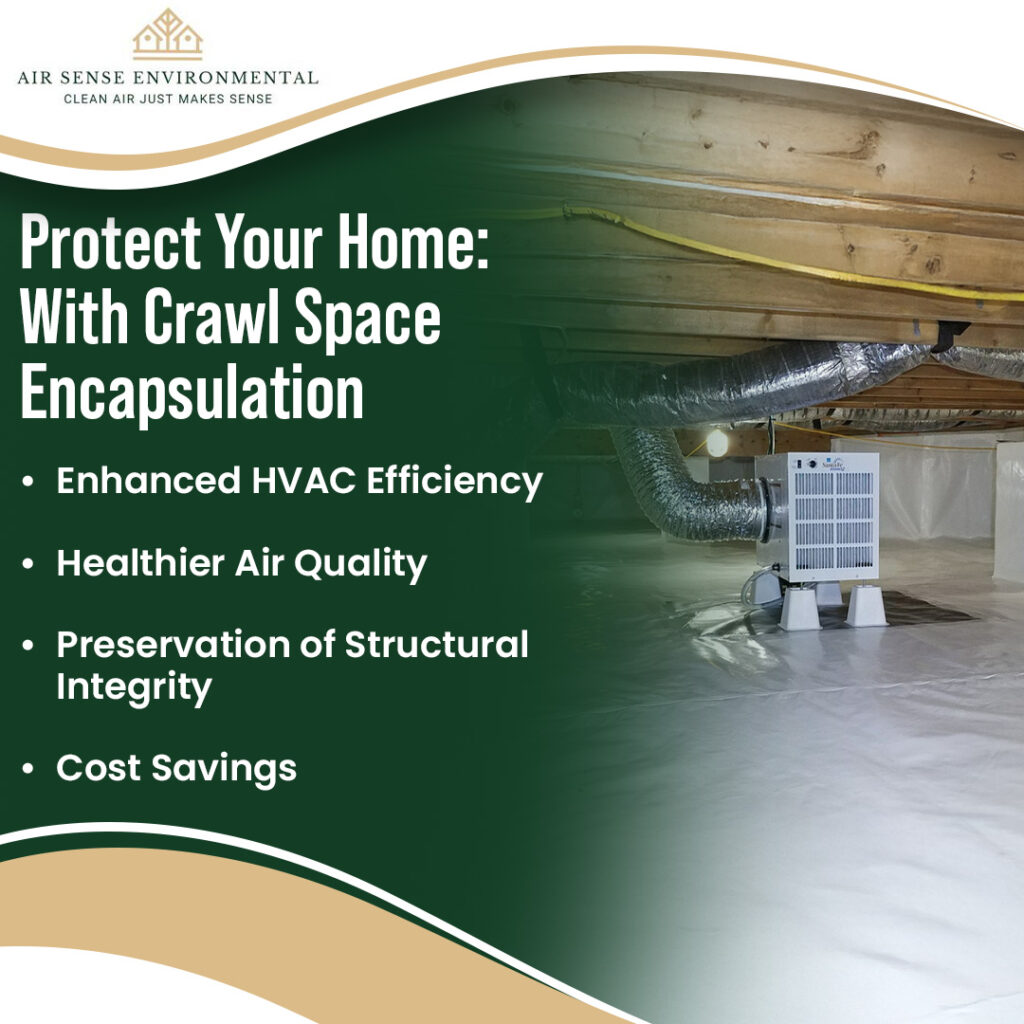
Case Study: How Crawl Space Encapsulation Improved HVAC Performance
Take the case of a typical St. Louis home with a damp crawl space. The homeowner noticed that their HVAC system was running constantly, yet their home still felt humid and uncomfortable. After consulting with Air Sense Environmental, the team performed a full crawl space encapsulation. They sealed the crawl space, installed an Aprilaire dehumidifier, and ensured proper airflow to keep moisture out.
Within weeks, the homeowner reported a noticeable improvement:
- Lower energy bills: With reduced humidity and stable temperatures, the HVAC system ran less frequently.
- Improved air quality: Allergies were reduced, and the air felt fresher.
- Longer lifespan of HVAC components: The HVAC system showed fewer signs of wear, and the homeowner no longer had to worry about expensive repairs.
Why Choose Air Sense Environmental?
At Air Sense Environmental, we specialize in crawl space encapsulation and moisture control systems designed to work seamlessly with your HVAC system. With years of experience in the industry, we provide customized solutions that improve the efficiency and longevity of both your crawl space and HVAC system. As the St. Louis, MO, area leader for radon mitigation, radon testing, and indoor air quality, Air Sense prides itself on quality craftsmanship, ensuring that your home is left in better condition than before. Your health is important, and Air Sense makes sure your family and home are protected for years to come.
Why Choose Us?
- Expertise and Experience: Our team has a deep understanding of the relationship between crawl space encapsulation and HVAC systems.
- Top-of-the-Line Products: We use AprilAire dehumidifiers, renowned for their effectiveness in moisture control and energy efficiency.
- Comprehensive Services: We offer a full range of crawl space repair services, from initial assessments to long-term support.
- Customer Satisfaction: We prioritize your comfort and satisfaction, ensuring that every solution we provide meets your needs and expectations.
How We Help Homeowners in St. Louis and Surrounding Areas
For homeowners in Edwardsville, IL, and surrounding areas, Air Sense Environmental offers professional crawl space encapsulation services that directly benefit your HVAC system’s efficiency. Our team helps residents protect their homes from moisture-related issues, improve indoor air quality, and reduce their energy bills. Whether you are concerned about radon levels, humidity, or air quality, we are here to provide reliable solutions.
Choose Wisely: Choose Air Sense Environmental
Crawl space encapsulation and HVAC systems are essential elements of home comfort and energy efficiency. When combined, they contribute to a healthier, more comfortable, and energy-efficient living environment. Address moisture issues before they affect your home and HVAC system—contact Air Sense Environmental in Edwardsville, IL, today for a consultation.
For more information or to schedule a service, call us at (618) 593-4815 or email us at [email protected]. Let us help you create a dry, healthy, and energy-efficient home!
